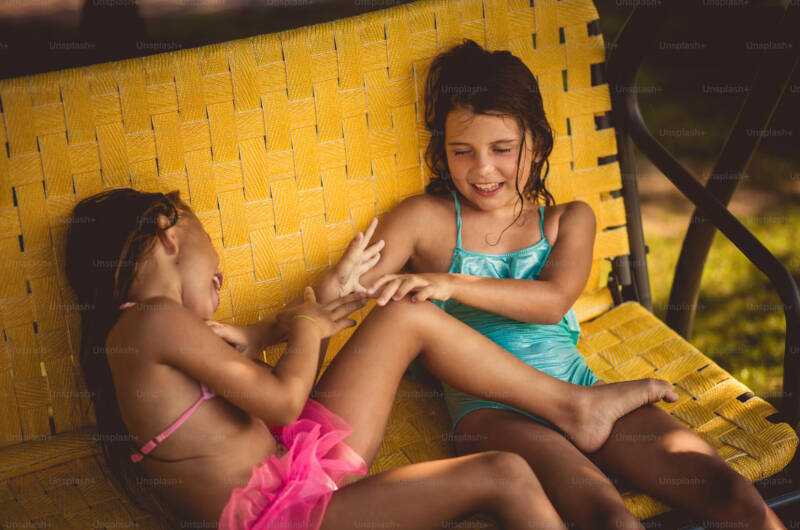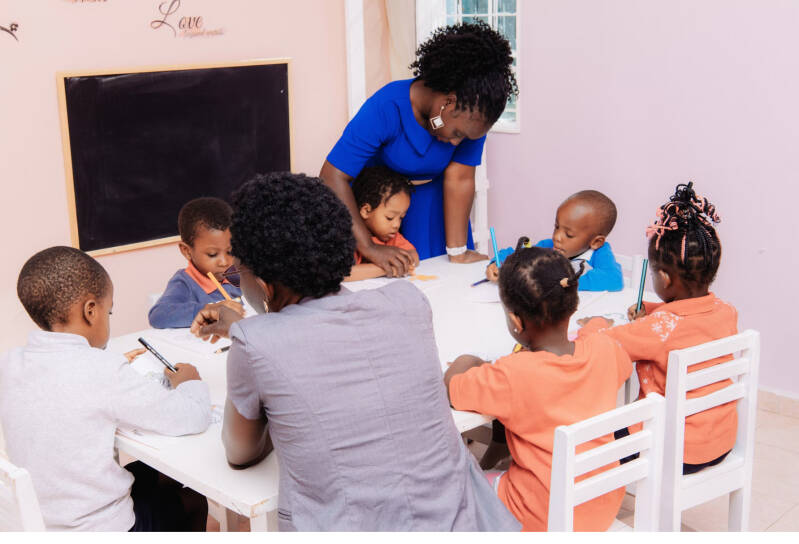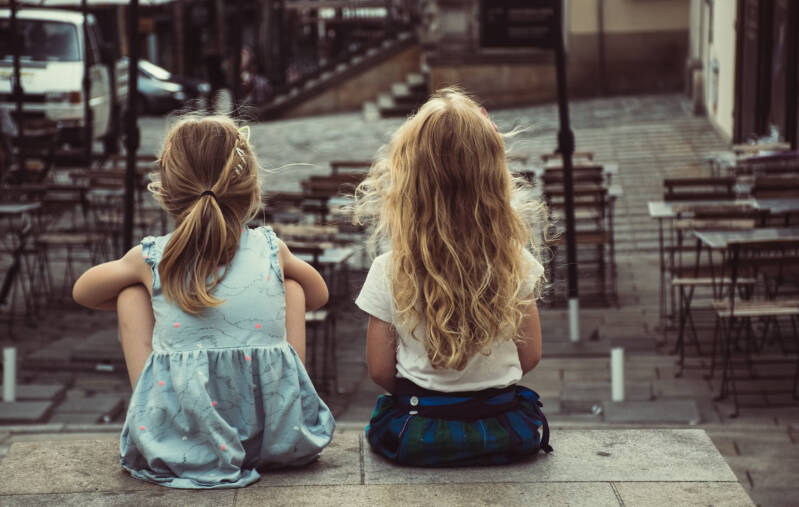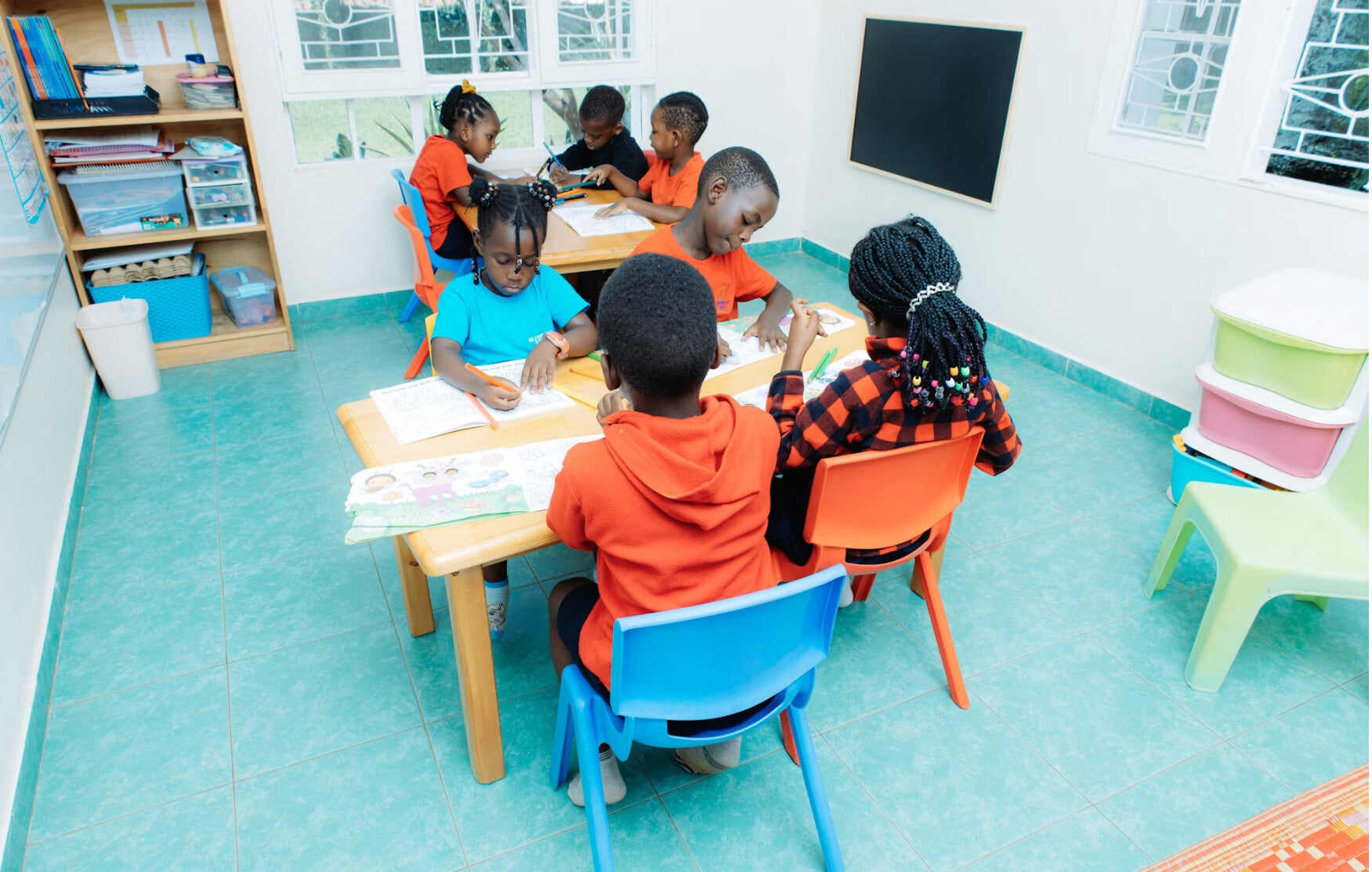Because belonging isn’t just built in classrooms - it’s through connection.
A Lesson That Started Early
When I was diagnosed with cerebral palsy at two years old, one of the therapists told Mum to enrol me in preschool — not for academics, but for socialisation.
Mum understood, even then, that being around other children would help me build the skills that no therapy session could teach — friendship, confidence, and connection.
That decision shaped everything that came after.
Socialisation is the first step to inclusion
Primary School and Social Gaps
When I started primary school, I was placed in a support class that was part of a mainstream school.
That setup appealed to my parents — it sounded like the best of both worlds: a small, supportive environment, with access to a bigger school community.
But the reality was very different.
We were segregated from the mainstream students.
Our classrooms were separate, our playground times were different, and we rarely had the chance to socialise with the able-bodied kids.
It wasn’t that anyone meant to exclude us — it just wasn’t built into the structure.
Being physically included isn’t the same as being socially included

Inclusion doesn’t stop at the school gates
Finding Belonging Beyond the Classroom
In primary school, my mum made sure I had social opportunities because she could see I wasn’t thriving socially.
I had a small group of friends, but we were together mainly because we all had disabilities.
Most of my peers spent their weekdays at school and weekends in respite facilities.
It meant they were surrounded by the same people seven days a week — the same routines, the same dynamics.
Meanwhile, I had a different kind of weekend.
My cousins were my main source of friendship.
We were close in age and shared the same interests — going to the movies, visiting my aunts and uncles, and spending time together as a family.
Those experiences gave me the balance and normalcy I desperately needed.
I didn’t realise it at the time, but that was my first taste of real inclusion — not just being accepted, but being part of something.
Because inclusion isn’t just about being in the same room - it’s about being apart of the same world.

Inclusion starts with small steps towards others
Finding My Place Outside of School
Mum made sure my social world didn’t stop at the school gate.
She enrolled me in horse riding, Girl Guides, and later, I attended a youth group when I reached high school.
Those experiences gave me something my school friendships couldn’t:
A chance to see myself beyond my disability.
To feel capable. To find my voice.
By the time I reached high school, I had to learn to put myself out there — to talk, to try, to make friends.
It wasn’t easy, but it helped me grow in ways that classroom inclusion never could.
Sometimes belonging starts with one person believing you’re capable of more

Connections outside of school built my confidence inside
How We Celebrated
At my primary school, we always celebrated birthdays together.
If one of us had a party, everyone was invited — even staff and their families
On the rare weekends when my classmates didn’t attend respite, I was expected to spend time with them instead of my cousins.
It wasn’t bad — but it wasn’t the same.
It felt forced, like inclusion with boundaries.
Those moments taught me early that social inclusion looks different depending on who you are — and how others see you.
Inclusion feels stronger when it’s chosen, not arranged.

Physical inclusion doesn’t always mean social inclusion
The Girl Who Stayed in My Mind
There was a girl in primary school who had been homeschooled until about Year 3.
Because we had similar educational levels and disabilities, we were often paired together.
She was extremely shy.
With me, she was warm and funny, but she struggled to talk to anyone else.
When she moved to high school, she was bullied because of her shyness — and eventually, she left school altogether.
The girl’s mother contacted my mum to tell her about the bullying her daughter was experiencing.
By that time, I had settled into a group of friends and finally had an active social life.
Her parents mentioned they were thinking about enrolling her at my high school.
I told Mum I’d be happy to show her around — but that was all.
Mum understood, and she gently explained that to her parents.
It wasn’t rejection — it was self-preservation.
I had spent years learning how to belong, and for the first time, I finally did.
Inclusion teaches compassion - but it also teaches boundaries

Inclusion is about learning to be reach out and when to step back
What Mum Knew All Along
There was a time when Mum thought about homeschooling me too.
She saw that I wasn’t thriving academically, and she worried that school might not be the right environment.
But she also knew how important socialisation was — not just with family, but with other children who saw the world differently from me.
She understood that connection, even when it’s hard, is what helps us grow.
And she was right.
Those social experiences — in school, with cousins, in community groups — shaped my confidence more than any therapy session or classroom lesson.
The friendships we build outside of the classroom shape who we became inside it
A Message to Parents
If you’re a parent reading this — keep exploring social opportunities for your child outside of school.
School inclusion matters, but it’s only one piece of the puzzle.
Nowadays, there are so many adapted programs and community-based activities for children with disabilities — from inclusive sports and art workshops to youth groups and weekend clubs.
These spaces give children the chance to grow socially, learn independence, and build confidence in ways the classroom can’t always offer.
Inclusion starts with opportunity - and every child deserves the chance to belong

Parents, explore social opportunities beyond school- inclusion needs community
Closing Reflection
When we talk about inclusion, we often focus on what happens between 9 and 3.
But real belonging doesn’t clock off when the school bell rings.
It continues in the friendships formed after school,
in the families who make space for connection,
and in the communities that see inclusion as everyone’s responsibility.
Because inclusion doesn’t stop at the school gate —
💜 it walks with us into the world.
it walks with us into the world.

Wrap- Up & Stay Connected
If this post resonated with you, share it with a parent, teacher, or friend who believes inclusion should go beyond the classroom.
Follow along on Instagram @challengesbehindacceptance for weekly reflections and stories about real inclusion — in classrooms, families and communities .
Because inclusion doesn’t have an end time - it’s something we live everyday
Add comment
Comments